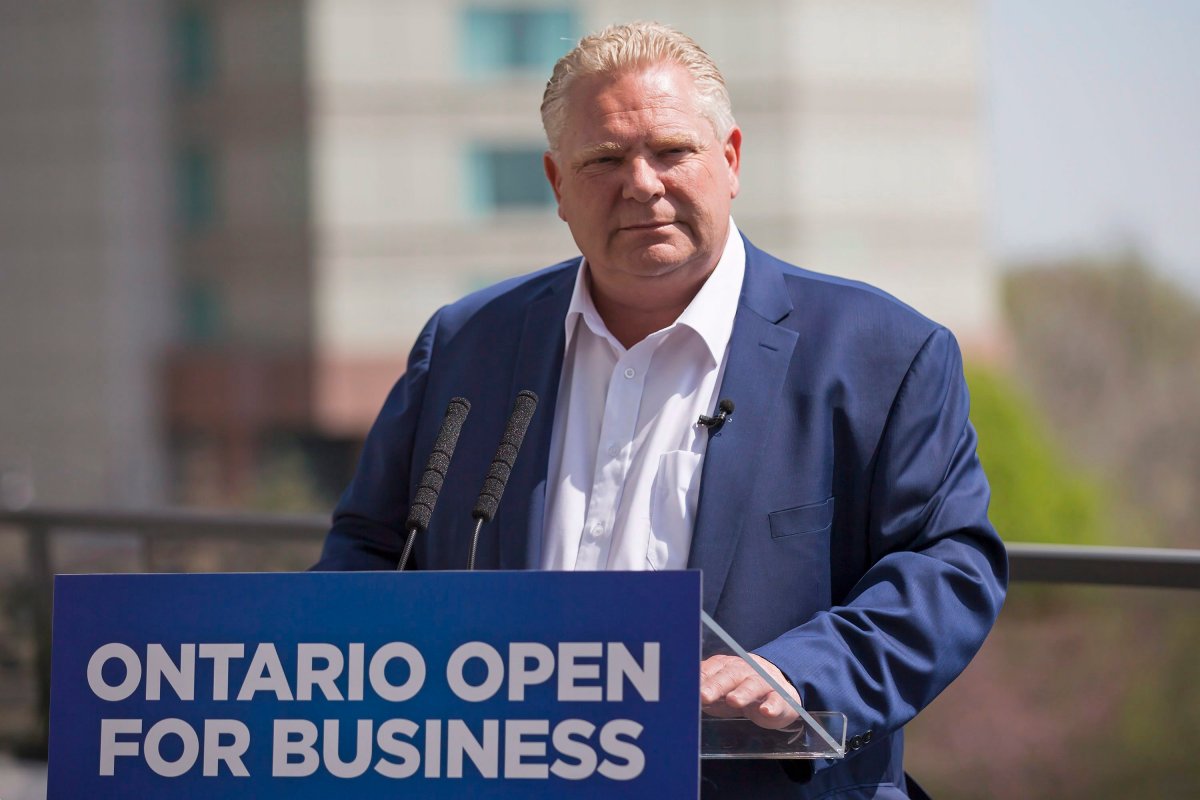The decline of Liberal Party support has different implications in different parts of the province. In much of Ontario, particularly rural, small city and mixed suburban-exurban sections, it has benefitted the Conservatives who began the election campaign with an enormous lead suggesting a landslide, the proportions of which haven’t been witnessed since the days of Leslie Frost in the 1950s.
However, in the larger urban centres, an entirely different dynamic is unfolding and much of the previous Liberal vote has shifted to the NDP. The majority of New Democratic seats are held in areas that the Conservatives are not very competitive.

This is particularly true in the north, but also industrial areas such as Hamilton and Windsor. It also holds in downtown Toronto where the demographics turn to young, environmentally conscious renters who don’t drive cars and are more concerned about government services than tax cuts.
The Liberal demise is not the only story of this campaign however. In recent days, the Conservative vote has been ebbing as well, and what seemed like a lock for a Conservative majority just a few short weeks ago, is now evaporating. At the time many questioned whether an inexperienced “bull in the china shop” like Ford would wear better with the general public than Christine Elliott, someone smoother and more familiar with policy.
- ‘Shock and disbelief’ after Manitoba school trustee’s Indigenous comments
- Canadian man dies during Texas Ironman event. His widow wants answers as to why
- Several baby products have been recalled by Health Canada. Here’s the list
- ‘Sciatica was gone’: hospital performs robot-assisted spinal surgery in Canadian first
Conservatives must now be scratching their heads. This is the fourth Ontario election in a row that their support level has diminished during the campaign. The Ford Nation appellation, not unlike Maple Leaf Nation, was never really anything more than a public relations slogan, but his pitch for cost-cutting and fiscal responsibility without ever explaining where “efficiencies” would be found, doesn’t seem to have resonated.
The irony is that despite the Liberals seemingly abandoned by over a third of their 2014 supporters, and the NDP rising by a similar proportion, there are still sections of the province where the Liberals are a better strategic vehicle to block Conservatives than the New Democrats are. This is the case in much of the “905” area surrounding Toronto and of course in rural southeastern Ontario.
The renaissance of NDP leader Andrea Horwath after two less successful elections is reminiscent of Jack Layton’s experience. The late NDP leader suffered through three poor results before catching lightning in a bottle in 2011. The election is not over, and there might be further surprises, but one must wonder whether the rise of the New Democrats is attributable to a new incarnation of Andrea Horwath, or a disenchantment with Doug Ford.
If these patterns continue, a minority government result is a very possible outcome. The most recent IPSOS poll indicating a 1 per cent NDP lead wouldn’t likely translate into an NDP plurality in seats, because of the way their voting support is skewed around the province. That said, there is no reason to know if the NDP momentum has yet crested.
Barry Kay, an associate professor in the Department of Political Science at Wilfrid Laurier University and contributes seat projections to the Laurier Institute for the Study of Public Opinion (LISPOP). As a contributor to LISPOP, Kay helped generate the seat projections mentioned in this column.



Comments